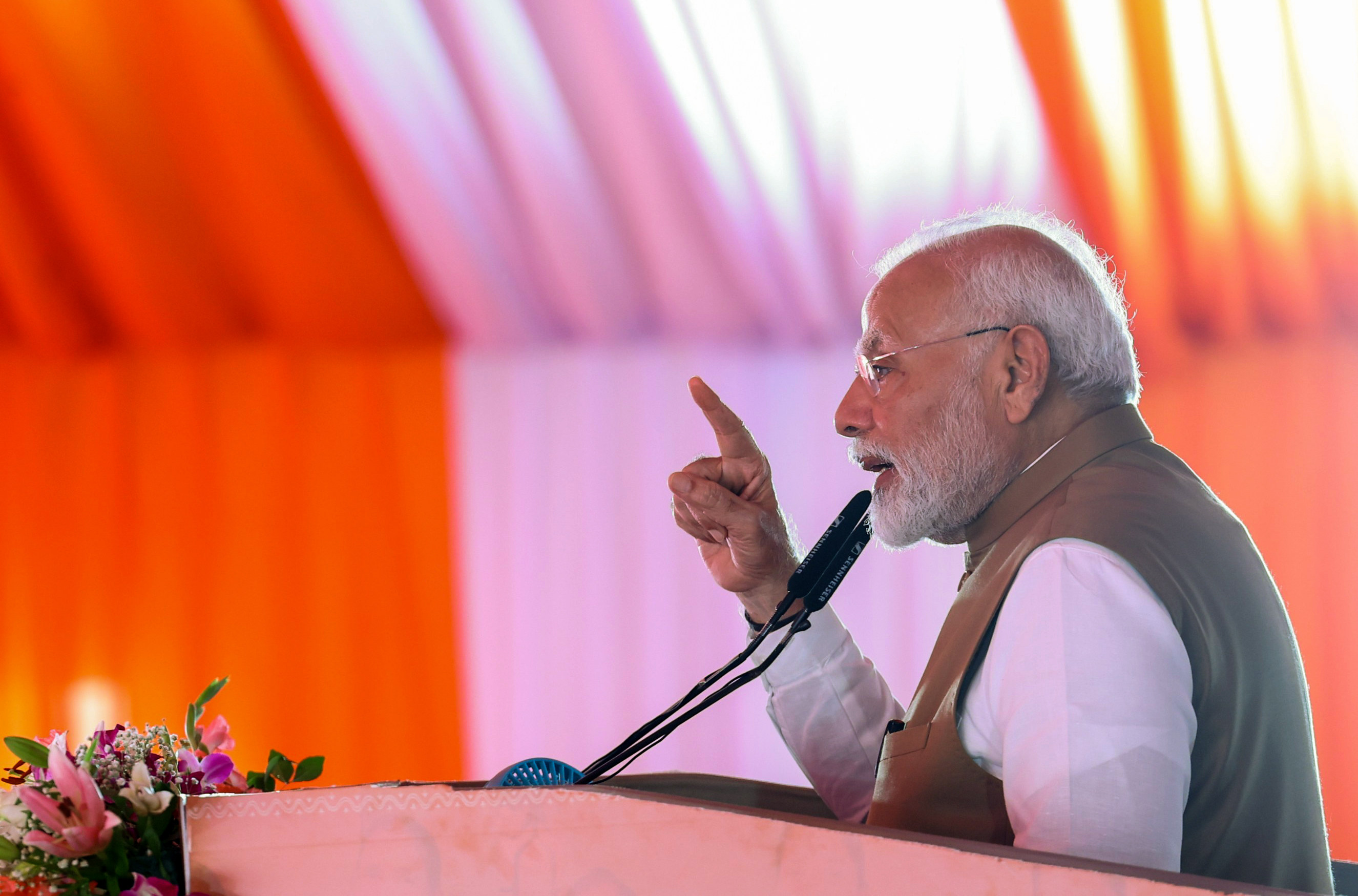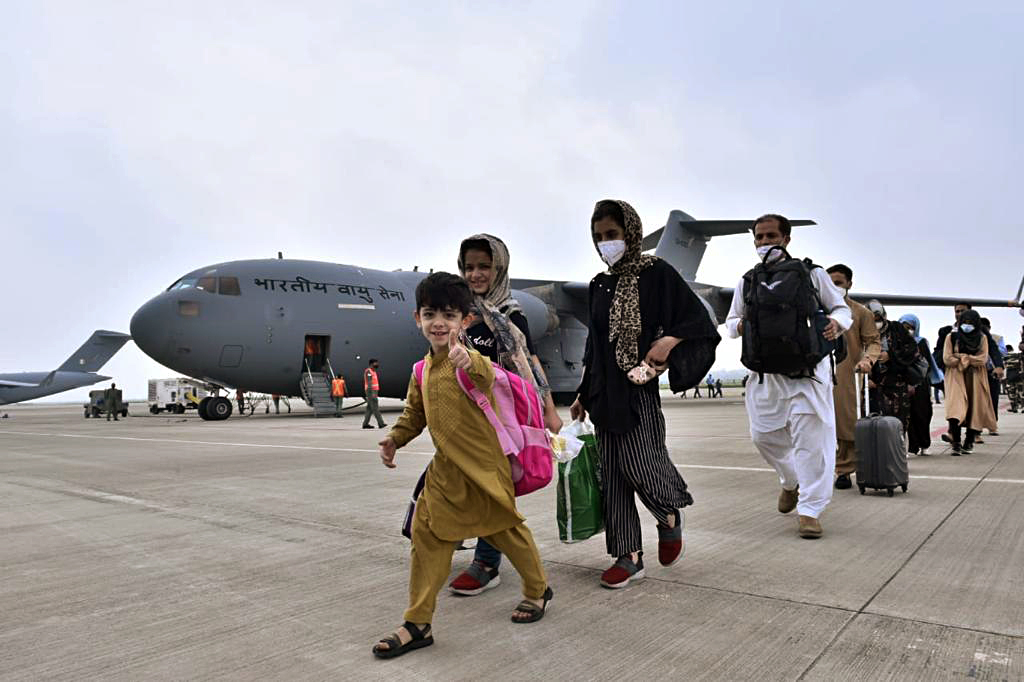The Gilgit-Baltistan region has been devoid of political and constitutional rights since Pakistan occupied it. The author states that the leading cause behind this violence is the population’s simmering discontent with the absence of genuine democratic and constitutional mechanism to resolve their problem
Ashu Maan
As evident from the title, the author tries to draw attention to umpteen human rights violations by Pakistan in the Gilgit-Baltistan region. Alok Bansal points towards the sectarian violence prevalent in Gilgit-Baltistan since the 1980s. He also mentions the complicity of the Pakistan State apparatus in unfolding violence against the Shia and Ismailia population of the region. He states how the state has enabled Sunni hardliners from mainland Pakistan to settle into the region and perpetrate hate and violence against the Shias. Alok Bansal writes:
“The Karakoram Highway connected Pakistan to Gilgit-Baltistan, which till then had been virtually inaccessible for an average Pakistani citizen. This started changing the demographic composition of this delicate region. Along with others seeking economic gains, many religious fanatics also moved into the region, who brought with them their own radical ideology” (Pages 90-91).
Along with highlighting human rights abuse and sectarian violence, the author also touched on the legality of Pakistan’s claims on Gilgit-Baltistan, the political history of Kashmir coupled with Ladakh and Gilgit-Baltistan, UN resolutions, and economic exploitations of the region by Pakistan. Through this book, Alok Bansal reiterates the region’s strategic, cultural, geographical, and demographical importance.
Alok Bansal starts the book by stating one disconcerting hypothesis. He says that: “Gilgit-Baltistan has not attracted the requisite interest of the Indian policymakers, academic scholars, media or the general public at large”.
Alok Bansal is right in his assertion, as Gilgit-Baltistan has not only been missing from policy and public discourse but also from academic discourse. Alok Bansal starts the first chapter with a historical background starting from the pre-Mauryan period, the rule of Hindu kings in ancient India, then passing on to Muslim kings during the medieval period, followed by the rule of Mughals, Afghans, Sikhs, before finally coming back to the Hindu Kings. One common variable in all the periods was that Kashmir, Ladakh (including Baltistan), and Gilgit were always an integral part of India or a vassal state. The author gives evidence of historical linkages of Jammu, Kashmir, Ladakh, and Gilgit in each period. He highlights Hiuen Tsang’s writing about officials responsible for blinding Prince Kunal, being banished by Emperor Ashoka to the West of Khotan. He also writes about the inscriptions and carvings found at Haldeikish in Hunza Valley, Chilas, and Alam Bridge along the Gilgit River i.e. Gilgit and Skardu. He also talks of Akbar’s invasion of Baltistan and Ladakh and the marriage of the princess of Baltistan to Salim. The author proves the historical linkages of India to Jammu and Kashmir and Kashmir to Ladakh and Gilgit-Baltistan to counter the propaganda of Pakistani academics, often supported by Western scholars that Gilgit-Baltistan has been a separate entity and never a part of Kashmir, hence India.

The book exposes Pakistan’s nefarious designs to change the demography and culture of the region. The different castes of Shias (Twelver Shias, Zaidiyyah, Ismaili) formed almost ninety percent of the majority in the region in the 1970s. Also to be noted is the fact that, despite being predominantly Muslim, people in the area still follow Buddhist cultural traditions. The culture and demography of Gilgit-Baltistan were unacceptable to President Zia-ul-Haq. Zia-ul-Haq’s role in exacerbating extremism in Pakistan and propagating ‘Sunni Deobandi’ Islam is well known. Zia attempted to do the same in Gilgit-Baltistan, and the Karakoram Highway (KKM) served as a vessel for his wishes. Zia’s attempts were also helped by removing of the State Subject Rule by Zulfiqar Ali Bhutto. It is to be noted that the Maharaja introduced the State Subject Rule to preserve the diversity and rich culture of the region.
The author also makes an interesting point while talking about sectarian violence. He states that internal fault lines have been created by Pakistan so that people engaged in sectarian conflict don’t demand their political and human rights. Pakistan here seems to be employing British India’s classic strategy of ‘Divide and Rule’. Sectarian violence first occurred in Gilgit-Baltistan in 1988, but it was peaceful until 2003. The conflict reinvigorated after Islamabad introduced a syllabus that the Shia majority deemed ‘Sacrilegious’. This started an endless chain of sectarian violence that shut down educational institutions for a whole year and continues till day. It is to be noted that the Pakistani establishment has time and again supported and polarized the Sunni minority through sermons and training.
The Gilgit-Baltistan region has been devoid of political and constitutional rights since Pakistan occupied it. The author states that the leading cause behind this violence is the population’s simmering discontent with the absence of genuine democratic and constitutional mechanism to resolve their problem. The region, for decades, has been in a political limbo. It has faced the wrath of the dreaded colonial-era Frontier Crimes Regulation (FCR), which treated the populace as cattle. FCR was enacted in the Gilgit agency in 1901 by the Britishers and in Baltistan in 1947 by Pakistan. Pakistan has used FCR to persecute dissidents, where even kids as young as two years old have been booked under the law. Although FCR was removed in 1970, it did not bring any good fortune for the region. The author states how the executive power for the region has time and again been passed from one hand to another, sometimes in POK, in Islamabad, and sometimes creating bodies like the National Legislative Council, which had no real power and even the local administrators didn’t take orders from the council.
The region’s people got a glimmer of hope with the passage of the Gilgit-Baltistan (Empowerment and Self-Governance) order in 2009. The order renamed the region as Gilgit-Baltistan from Northern Areas (a name given by Pakistan). The order also provided for a ‘Chief Minister’ to be elected by the Gilgit-Baltistan Legislative Assembly (GBLA). Later, this exercise proved to be a farce as the GBLA was superseded by the Governor of Gilgit-Baltistan who was appointed by the President of Pakistan and would report to the Gilgit-Baltistan Council, chaired by the Prime Minister of Pakistan. Although the GBLA got the power to legislate on 61 subjects, the council got the power to legislate on 55 significant issues, like Defence, foreign affairs, and security. Alok Bansal stresses that Islamabad gave minor concessions in the GB Order 2009 to give an impression of granting political rights, and they, too, were taken back by the GB Order 2018. About the GB order 2018, the author writes:
“The order gives the Prime Minister dictatorial powers over the region with complete immunity for his actions. He has the power to invalidate any resolution passed by the Gilgit-Baltistan Assembly, while not being answerable to the judiciary.” (Pages 136-137).
The author also states the significance of GB for Pakistan. The region is rich in natural resources such as gold, ruby, iron, sulphur, quartz, marble, and uranium 238. GB is also responsible for most of the water supply in Pakistan, and the China-Pakistan Economic Corridor (CPEC), on which Pakistan has pinned its hopes of economic growth, also passes through GB. GB also forms a land bridge to Pakistan’s closest ally i.e. China from whom Pakistan earn millions in customs through trade.
The book serves as a great addition to scarce research on Gilgit-Baltistan. It provides the historical linkages of Kashmir with India and of Gilgit-Baltistan with Kashmir. The book then discusses the conditions of Gilgit-Baltistan’s occupation by Pakistan after the British left. There is little research on how Pakistan occupied Gilgit-Baltistan, the role of Maharaja, Major Brown, and Gilgit Scouts. The book briefly touches upon all their roles. The writer also discusses Major Brown’s coup d’état. He writes:
“The role of the Gilgit Scouts and its commander Major Brown in the developments of 1947 are often exaggerated by scholars of both India and Pakistan”.
The author argues that Brown joined the rebellion as a last resort, adding to an already controversial and much-debated theory. The book gives insights into the Gilgit-Baltistan residents’ psyche and a vital policy suggestion for India to follow. He writes:
“Although provincial seats exist in Jammu and Kashmir Assembly for representatives of this region, no attempt has been made to hold elections, even though there are significant migrants from this region both in India and numerous countries across the globe.”
As echoed by the title, the book aims to highlight the human rights abuses by Pakistan in Gilgit-Baltistan. Although the author has justified most of his assertions, some have been addressed briefly and left without further clarification. The author also touches on the controversial topic of mutiny by Major William Brown and almost tries to justify the mutiny by Brown as an attempt to save lives of non-Muslim officers, but it is to be noted that in his writings after returning to Britain in 1953, Brown himself stated that he orchestrated the mutiny. Major Brown was equally, if not more, complicit in the mutiny as much as men of Gilgit Scouts.
The book further paints a clear picture of the cultural, ethnic, and religious situation in Gilgit-Baltistan
This article first appeared as a book review on the website of Centre for Land Warfare Studies (www.claws.in) on January 6, 2024


























